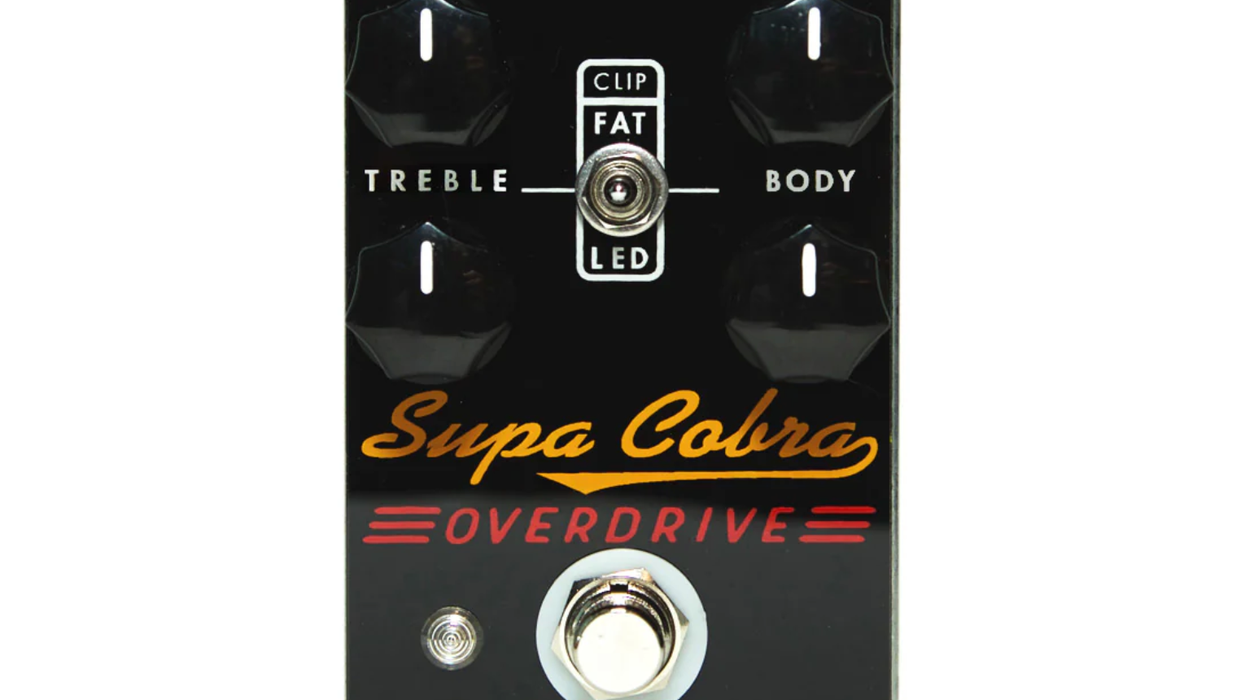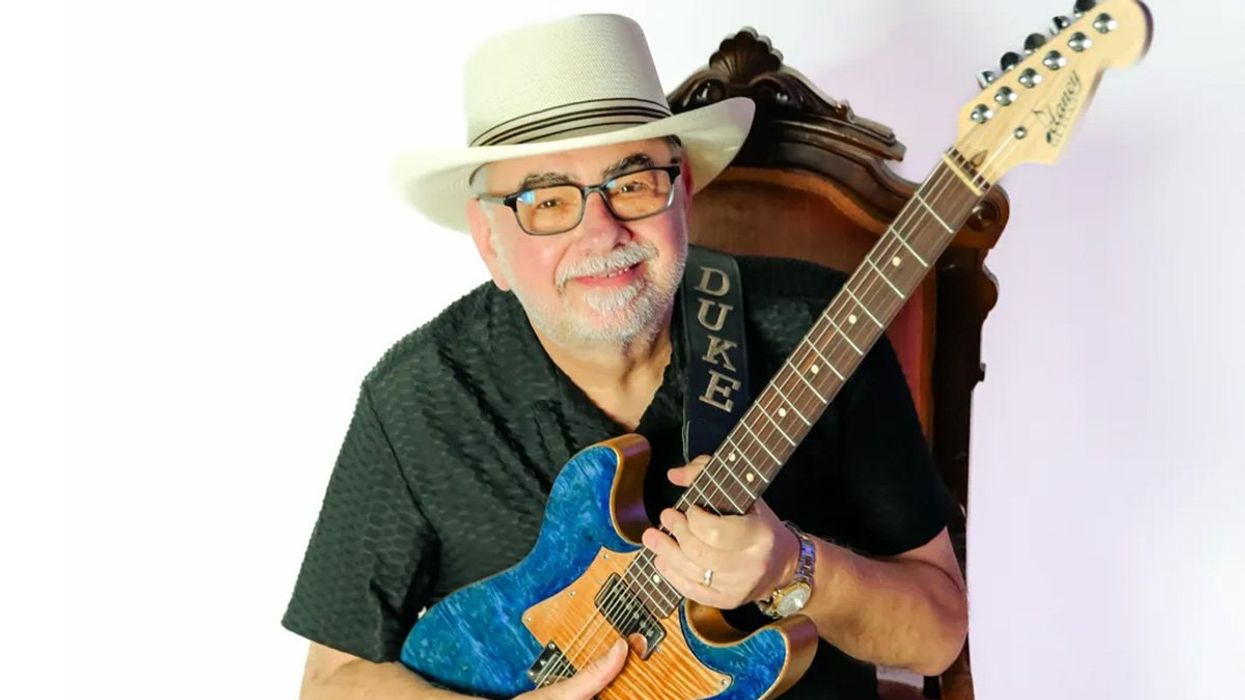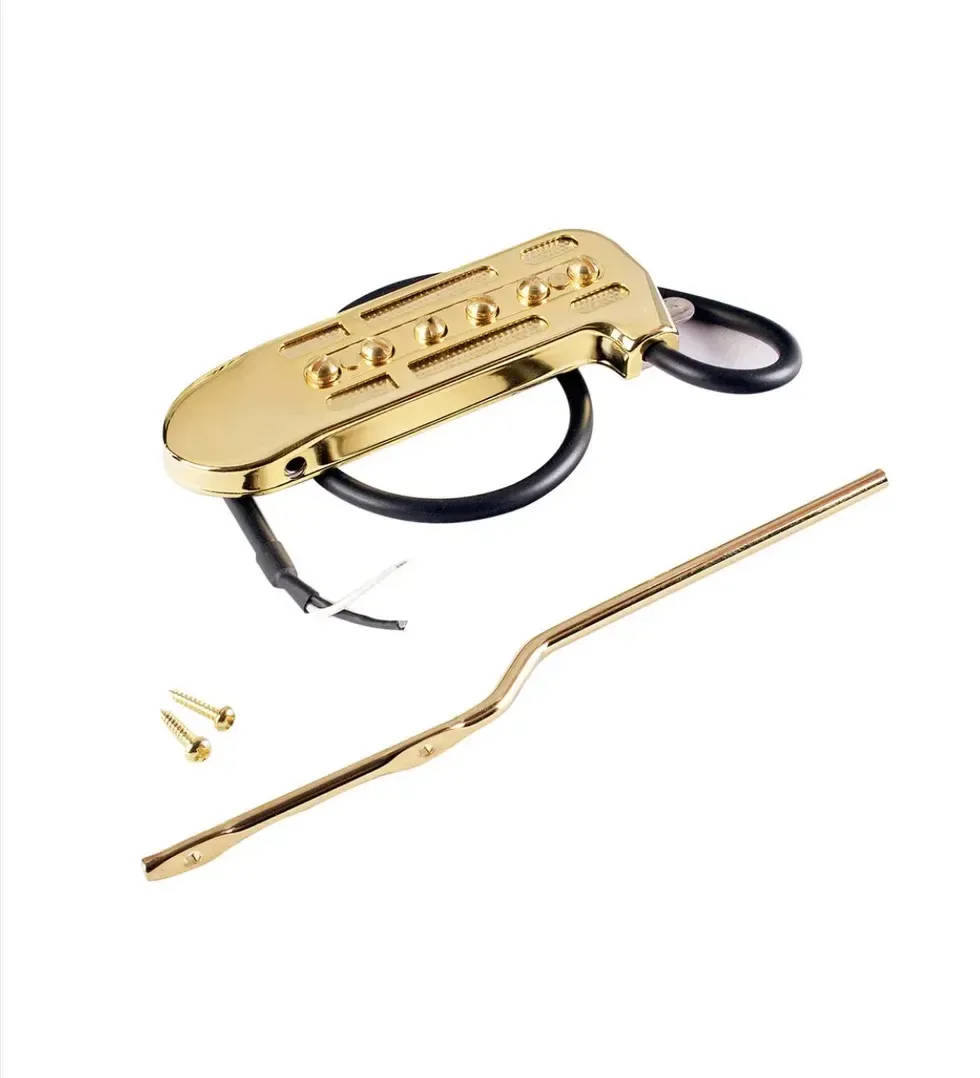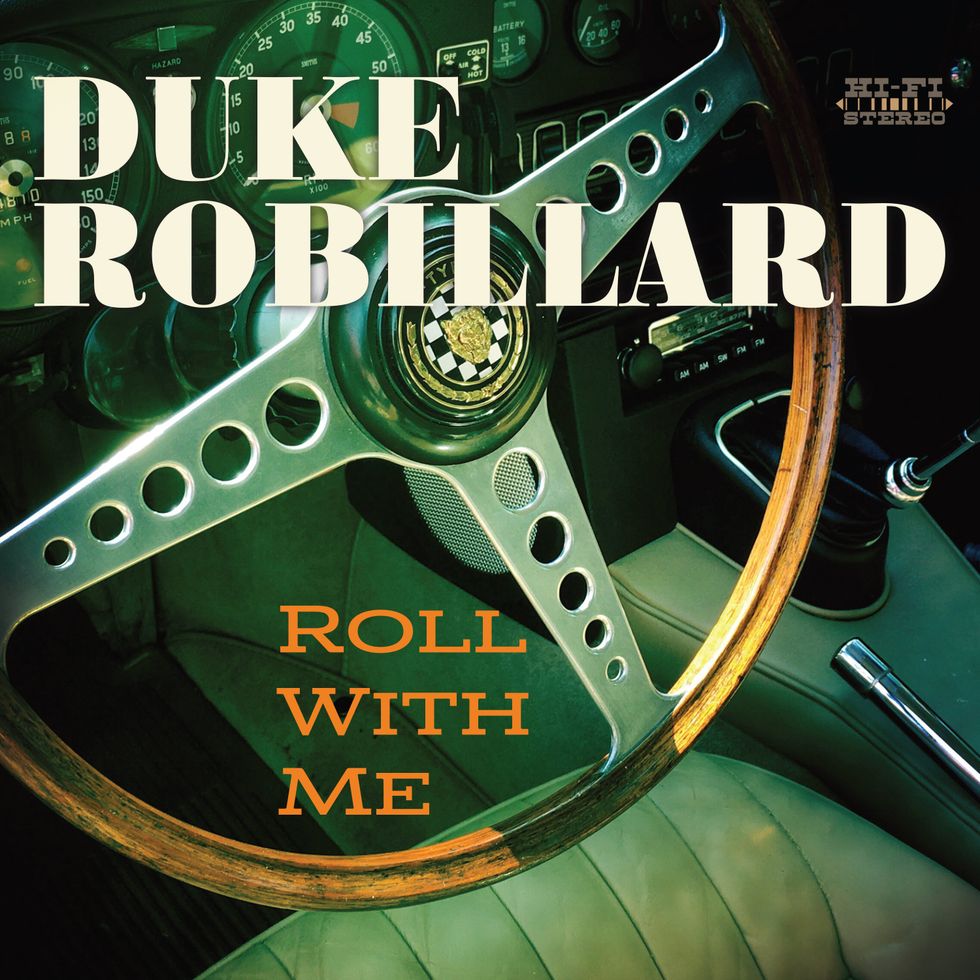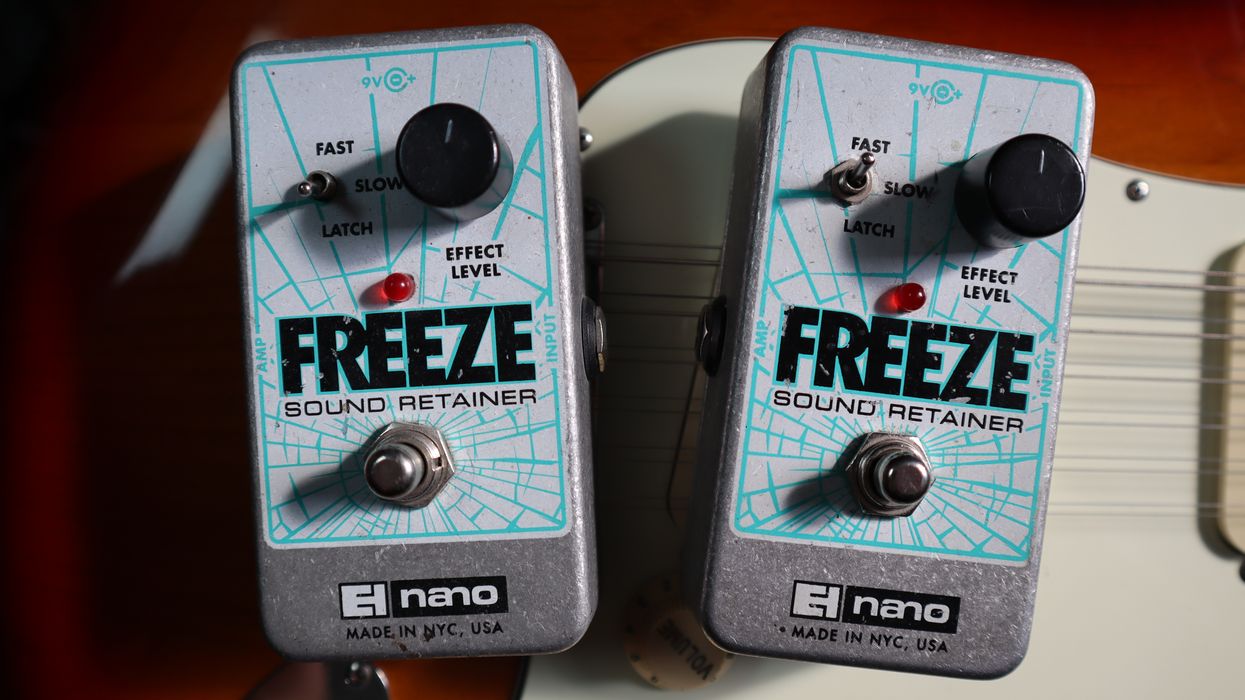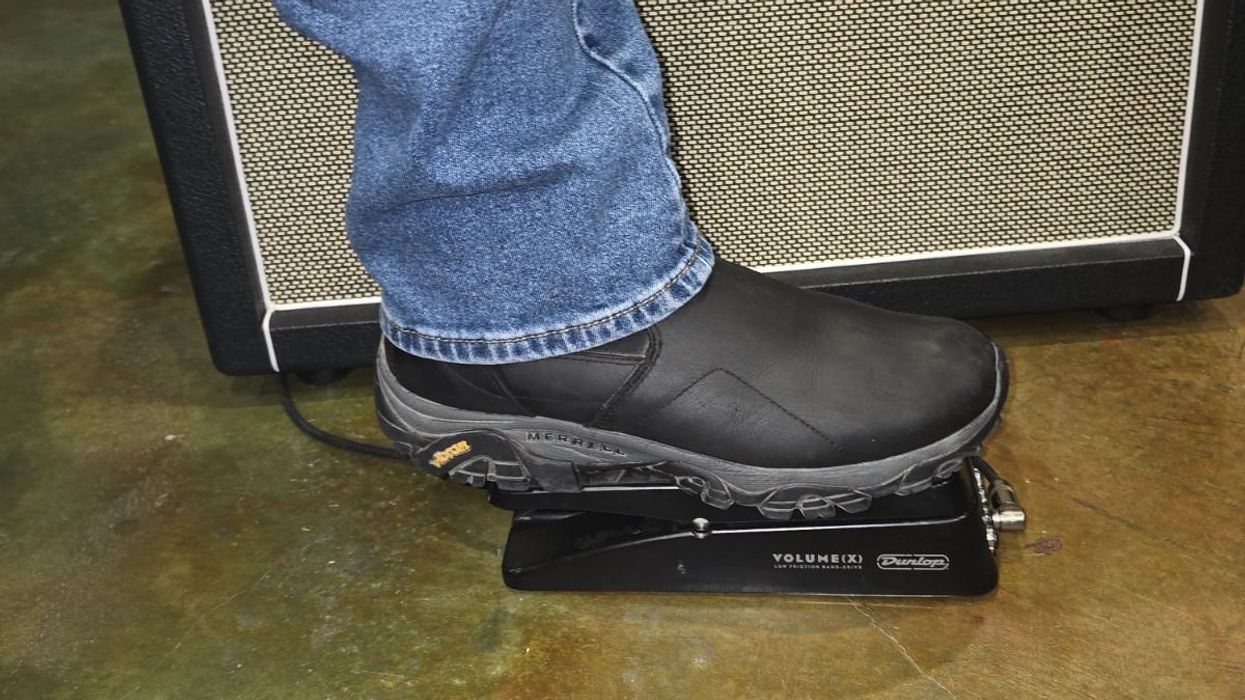My first amplifier was a home-stereo cassette player and a ¼” Y adapter from RadioShack. The trick was that if you plugged your bass into the Y adapter, then plugged into the mic input on the cassette player, you could press record and pause at the same time and you would be able to hear your bass.
This simple and effective approach to bass was my launchpad. When I played a house party at age 14, I made sure they had a stereo so I could play that day—my first backline request. Eventually, practicality took hold and I saved up to buy an amp, then another, and another, until I had a massive Peavey rig with matching 2x15 cabs.
My humble beginnings shaped my approach to bass: simply plug in and play. As gigs changed and experimentation started, effects leached their way into my signal chain. A chorus pedal here, maybe an EQ boost there. In time, though, I would always go back to the simplest, most direct approach possible, which was little more than a tuner into an amp.
Then the digital age pushed us all into new territory. Guitar players started showing up to gigs with little red bean-shaped devices chock full of overdriven tones, which eventually made their way onto untold numbers of records in the ’90s. Other floor and rack units followed suit until the technology became really good, and players started ditching bulky amps for these easier options. Modeling and then profiling technology became a norm rather than an exception, and all of a sudden just about any tone from any amp or era was possible.
Modeling an amp or effect involves a series of attributes and components from that piece of gear which are already loaded into the modeling unit. Profiling is replicating the sound of a piece of gear or effect and automating the code. This process can capture subtle nuances that are unique to those pieces of gear.“Within minutes, each piece of gear was faithfully reproduced, and what took me years to amass was now available to the world, and in a much more streamlined platform.”
I looked at the new technology as a boon for guitar players. However, in my personal approach, I proceeded with caution. I looked at massive pedalboards and tech as things that could possibly go down mid-show, and I didn’t like that idea. Plus, as a bass player, I always liked feeling air move onstage from an amp, and somehow that air mixed with my tone made me happy.
Then I had a pivotal conversation with Michael Britt, a guitar player with the country band Lonestar. Several years ago we did a tour together, and he and I spoke about his preset “empire,” where he sells packs across multiple platforms. Michael’s profiles are immensely popular and profitable, which got my attention. He and I talked about doing a batch of bass profiles for his website.
I brought some 20 different bass DIs to his house and watched the profiling process. It was fascinating. Within minutes, each piece of gear was faithfully reproduced, and what took me years to amass was now available to the world, and in a much more streamlined platform. (Michael donates half of the profits from this joint effort to the Mama Lere Hearing School at Vanderbilt University in Nashville, where my son was a student.)
I was intrigued by this whole new world. I ended up with a Line 6 Helix Floor model and started making bass profiles. The profiles are on the modeling side, with a number of preprogrammed bass amps, cabinets, and effects available for me to sculpt into usable, real-world tones. The extra dimensions of cabinet mics and IRs have made the platform indistinguishable from its analog counterparts.
I am on the technology train now full time, as I switch between the Helix and the Line 6 HX Stomp depending on the gig. I’m still using an amp setup, although not nearly the earth-shaker rig of my past. However, some things don’t change. My personal HX presets are pretty simple, with a few tricks thrown in. One favorite gig hack of mine is to add a polyshift on the front of my chain to drop my tuning a half-step when the singer isn’t feeling it that evening.
I’ve been fortunate that my profiles have been embraced by my contemporaries and heard on countless records and stages around the world. I never set out to be an influencer of any kind. I heard the term “informer” recently, and I like that moniker a lot better. We’re all working toward that thing in our tone, and the evolution of tone will continue. I’m happy to finally dip my feet in the water.
Now, will someone please profile a cassette player for my presets?


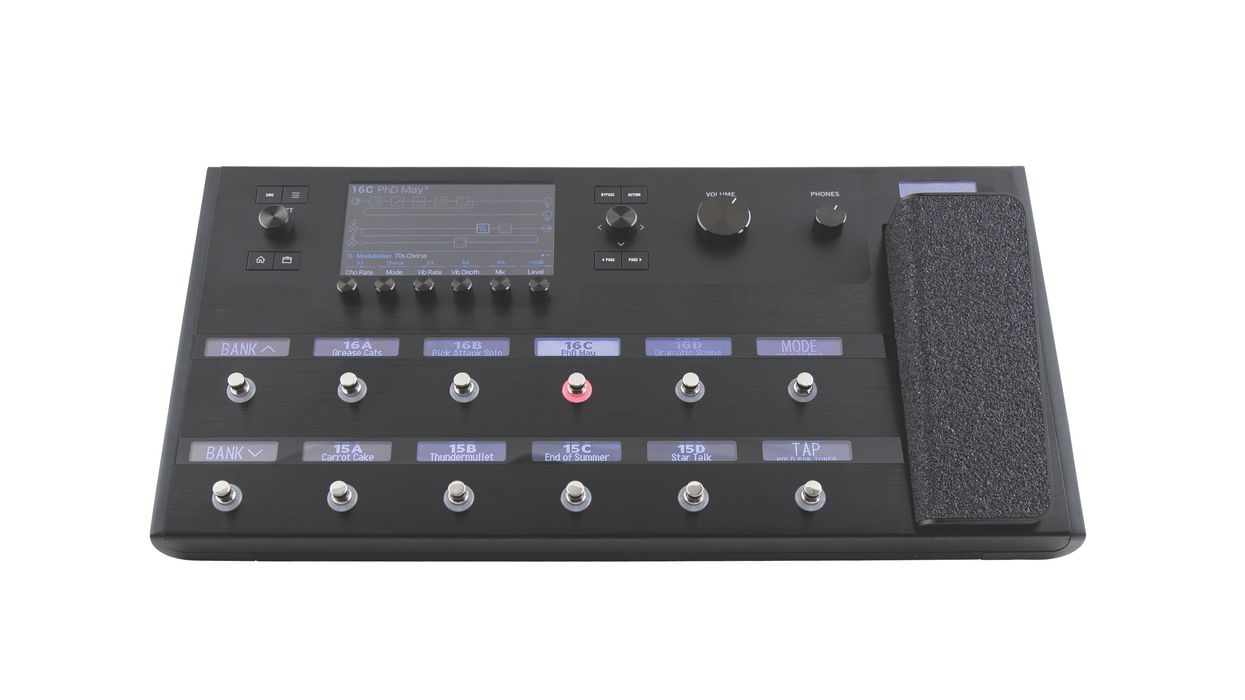


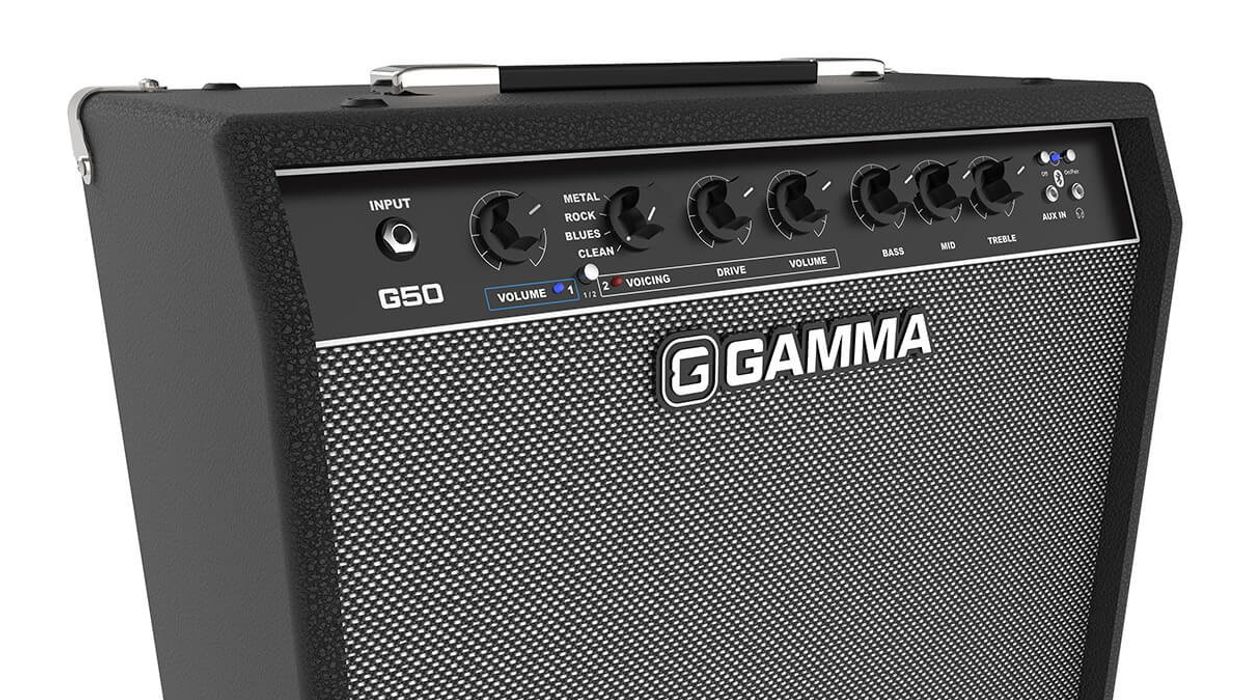
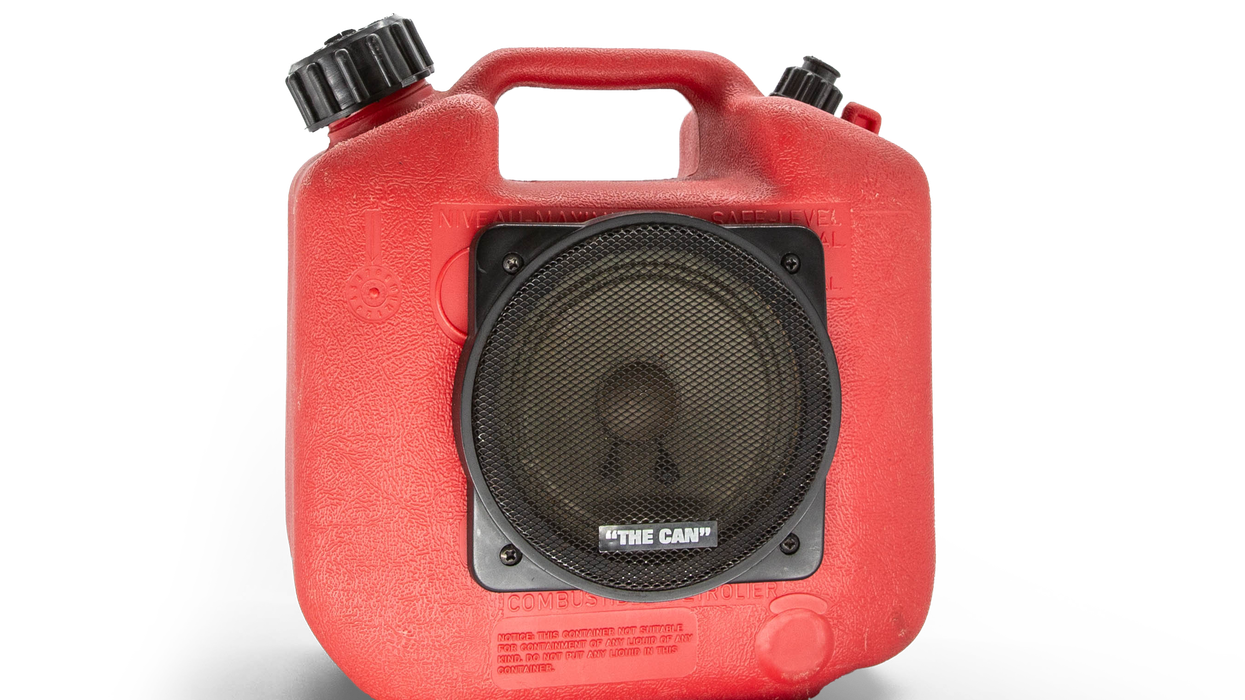
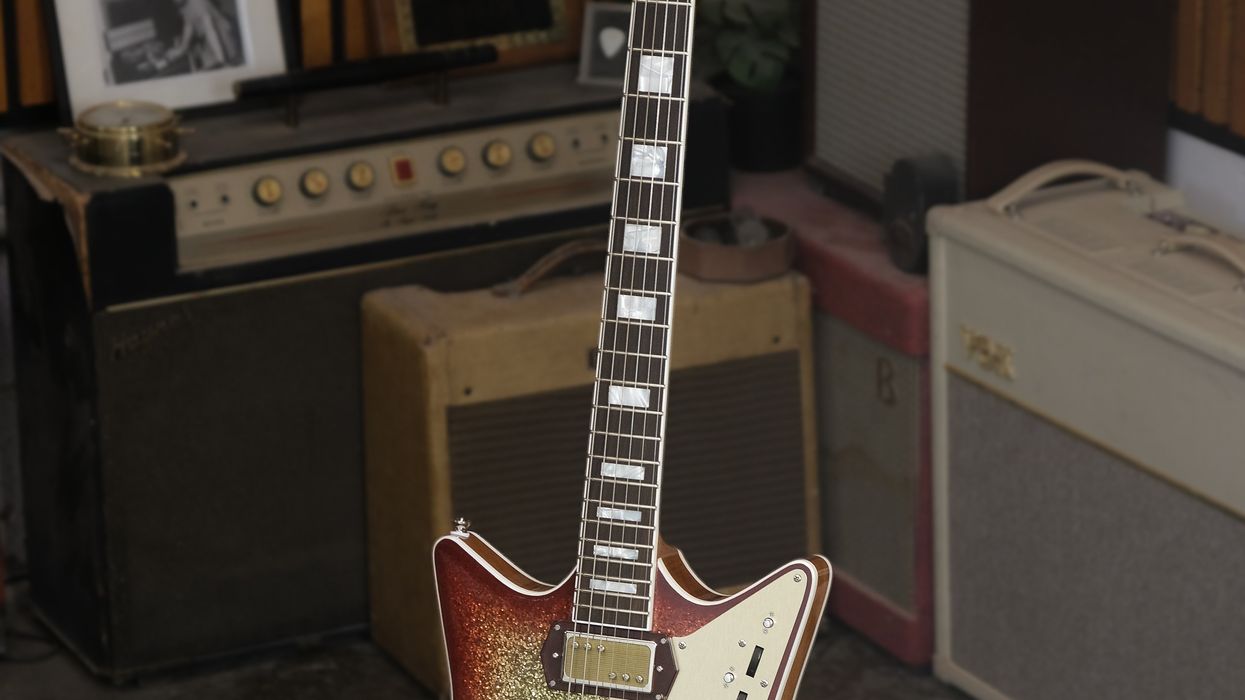
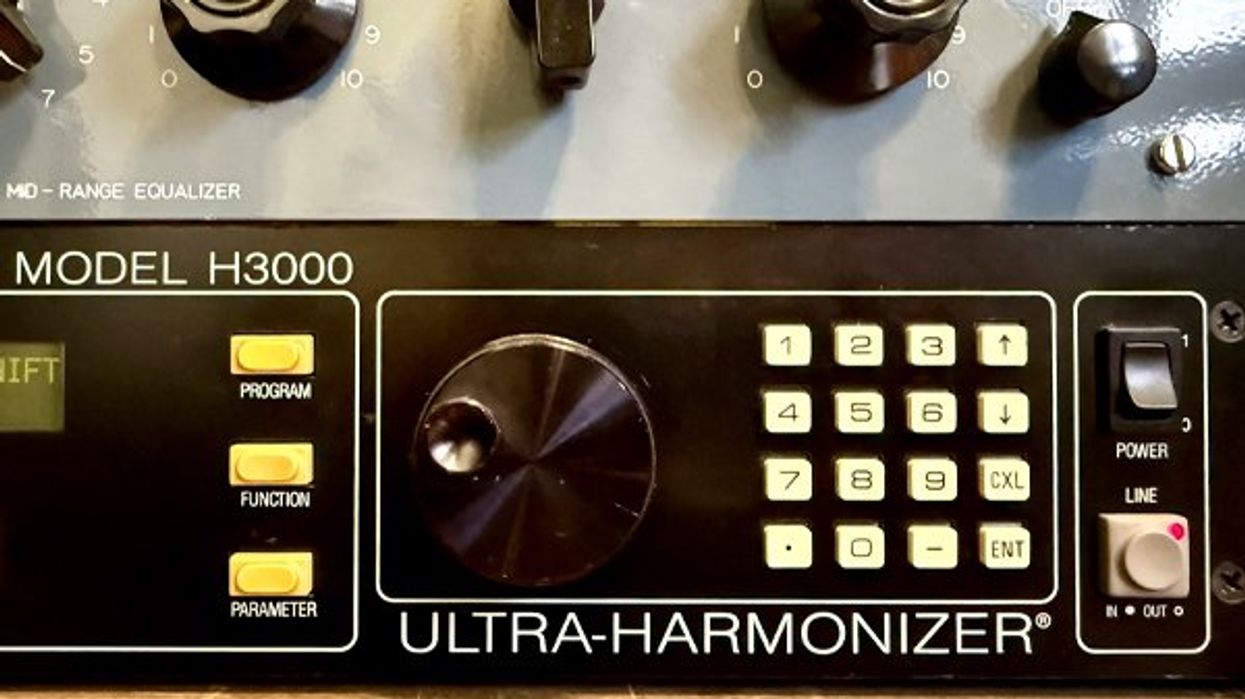
 Guitarists are used to coveting cranky, old gear, but if you’re not a rack user, the H3000 might not be for you! If you ever see one of these in a studio, be sure to take some time to check it out, and maybe give the plugin a try.
Guitarists are used to coveting cranky, old gear, but if you’re not a rack user, the H3000 might not be for you! If you ever see one of these in a studio, be sure to take some time to check it out, and maybe give the plugin a try.





